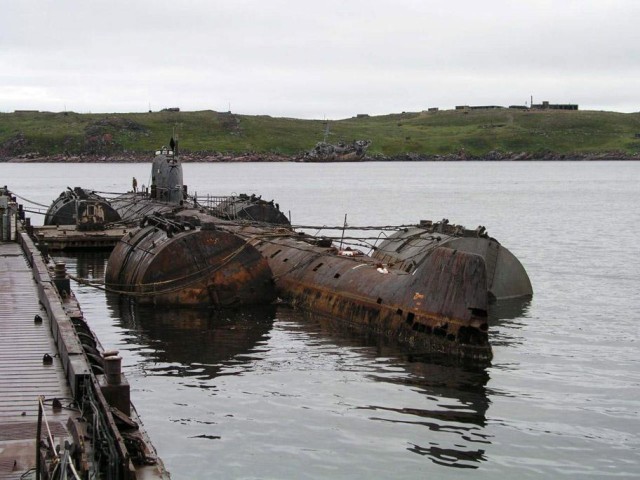
New Managing Director for Bellona Norway
The Board of the Bellona Foundation has appointed former Minister of Climate and the Environment Sveinung Rotevatn as Managing Director of Bellona No...
News
Publish date: January 10, 2009
News
The fish feed of today consists of several different ingredients. Earlier only marine raw materials where used in the production of fish feed. But a growing aquaculture industry has led to a trend where more and more of resources comes from vegetable raw materials. Now the Norwegian authorities also open for the use of animal ingredients and therefore we will probably see that the proportion of marine resources will be reduced further. The table below shows the composition of the "traditional" fish feed (Waagbø et al., 2001) compared to a feed from 2007 (Skretting, 2008). The use of marine ingredients has been reduced from 68 to 52 percent of the raw materials used in marine origin.
| Waagbø et al., 2001 |
Skretting 2008 |
||
| Feed ingredient |
g/kg |
Feed ingredient |
g/kg |
| Fish meal | 350 | Fish meal | 300 |
| Fish oil | 280 | Fish oil | 180 |
| Fish ensilage | 50 | Fish ensilage | 40 |
| Corn- and wheat gluten | 70 | Vegetable protein | 250 |
| Soy products | 60 | ||
| Soybean oil | 30 | Vegetable oil | 110 |
| Wheat | 120 | Wheat meal | 100 |
| Other | 40 | Other | 20 |

The Board of the Bellona Foundation has appointed former Minister of Climate and the Environment Sveinung Rotevatn as Managing Director of Bellona No...

Økokrim, Norway’s authority for investigating and prosecuting economic and environmental crime, has imposed a record fine on Equinor following a comp...

Our op-ed originally appeared in The Moscow Times. For more than three decades, Russia has been burdened with the remains of the Soviet ...

The United Nation’s COP30 global climate negotiations in Belém, Brazil ended this weekend with a watered-down resolution that failed to halt deforest...